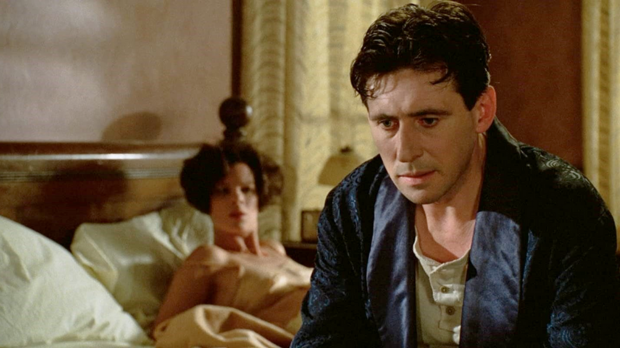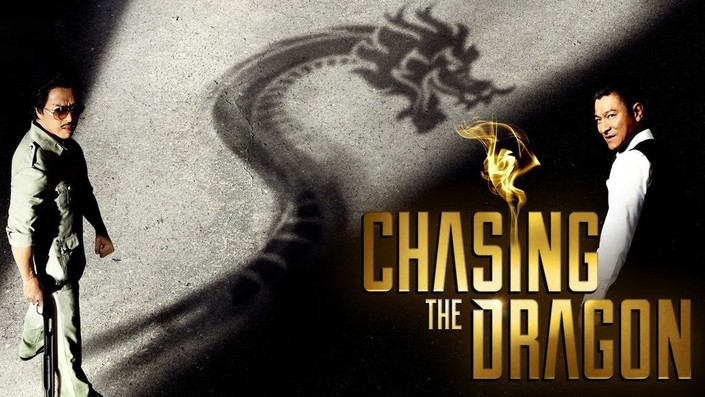Miller’s Crossing is a 1990 American neo-noir gangster film written, directed, and produced by Joel and Ethan Coen. Known for their distinct blend of sharp dialogue, intricate plotting, and dark humor, the Coen Brothers crafted a film that both pays homage to and subverts the traditions of classic gangster cinema. With its complex web of loyalties, betrayals, and shifting alliances, Miller’s Crossing has since become a cult classic and is often cited as one of the Coens’ most accomplished works.
Set during the Prohibition era, the film revolves around Tom Reagan, played by Gabriel Byrne, a shrewd and morally ambiguous right-hand man to Irish mob boss Leo O’Bannon, portrayed by Albert Finney. The story begins when Leo’s authority is challenged over his decision to protect bookie Bernie Bernbaum, a small-time hustler targeted by rival Italian mob leader Johnny Caspar. Caspar sees Bernie as a liability, but Leo refuses to hand him over, partly out of love for Bernie’s sister, Verna, played by Marcia Gay Harden—who also happens to be romantically involved with Tom.
Tom’s attempts to navigate this volatile situation form the heart of the narrative. As he maneuvers between the warring factions, Tom’s loyalty is tested, his motives questioned, and his survival constantly at risk. His understated intelligence and knack for manipulation become his only tools in a world where every word, gesture, and alliance can mean life or death.

The title, Miller’s Crossing, refers to a wooded location outside the city, a recurring setting for key scenes involving betrayal and execution. One of the film’s most memorable moments occurs here, in a tense sequence where Tom is ordered to take Bernie into the woods and kill him. This scene encapsulates the film’s moral ambiguity, with Tom caught between duty, friendship, and self-preservation.
Cinematographer Barry Sonnenfeld gives the film a striking visual style, with rich, autumnal color palettes and meticulous framing that evoke the look of both noir thrillers and period dramas. The camera work enhances the mood of fatalism and deception that permeates the story. Composer Carter Burwell’s haunting score, inspired by Irish folk melodies, adds a melancholic undercurrent that deepens the film’s emotional impact.
While Miller’s Crossing draws on the influence of classic Dashiell Hammett novels like The Glass Key and Red Harvest, it avoids being a straightforward pastiche. The Coens infuse the script with their trademark mix of sharp wit and philosophical reflection, creating a dialogue-driven narrative where conversations often carry as much weight as gunfights. Themes of loyalty, identity, and moral compromise are explored through the lens of organized crime, giving the film a timeless resonance.

Upon its release, Miller’s Crossing received critical acclaim for its writing, performances, and cinematography, though its intricate plot initially challenged some viewers. Over time, its reputation has grown, with many critics and fans hailing it as a masterpiece of the gangster genre. The film stands as a testament to the Coen Brothers’ skill at blending genre conventions with their own unique sensibilities, resulting in a work that is as intellectually engaging as it is visually stunning.



